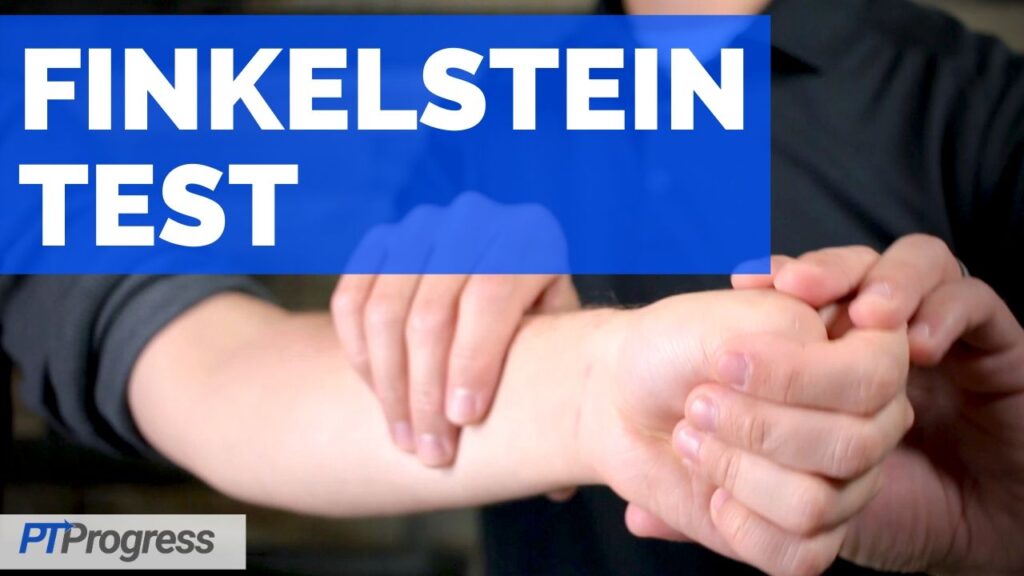
The Finkelstein test is used to help diagnose de Quervain’s tenosynovitis for patients who are experiencing wrist pain.
How to Perform the Finkelstein Test
Performance: To perform the Finkelstein test, the examiner should instruct the patient to make a fist that encloses the thumb. The examiner should carefully hold the patient’s hand, gradually moving it into ulnar deviation, monitoring for symptoms closely as this movement can be very painful.
How to Interpret Finkelstein Test
Positive Finding: The test is considered positive for for de Quervain’s tenosynovitis if the patient complains of sharp pain along the radial aspect of their wrist, especially near the radial styloid.
A positive finkelstein test may suggest inflammation of the abductor pollicis longus and extensor pollicis brevis.
Test Accuracy / Reliability / Evidence:
Not available for test
Source: Wu F, Rajpura A, Sandher D. Finkelstein’s Test Is Superior to Eichhoff’s Test in the Investigation of de Quervain’s Disease. J Hand Microsurg. 2018;10(2):116‐118. doi:10.1055/s-0038-1626690

